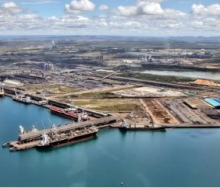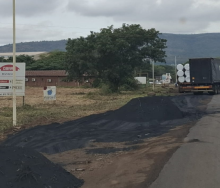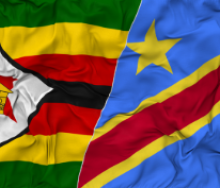The over-supply of oil going into the first quarter of 2019 seems likely after Saudi Arabia and Russia, leading members of the Organisation of Petroleum Exporting Countries (Opec), failed to agree on substantially cutting supply at Opec’s last meeting.
As the precious liquid’s price dipped to $51 dollars a barrel, the lowest level in years, Russia refused to bow to Saudi pressure that output be slashed by a million barrels a day.
Such a step is expected to place an almost immediate halt on the plunging price but in spite of Saudi’s efforts to corral leading Opec members into its “divisive strategy”, as it has been variously slated, Russia’s non-committal stance has thrown a spanner in the works of the organisation’s ex-officio leader.
But Saudi remains adamant that it will succeed in its efforts to slow supply.
As a result it is exceedingly relying on support from outlying member countries, generally referred to as Opec+.
With another meeting set down a week from today, Saudi energy minister Khalid Al-Falih has said they will carry on working towards price-correction.
Meanwhile the oil price has plunged more than 30 percent after reaching four-year highs in October.
Back then a barrel of Brent was priced at $85 when the price peaked.
As indicators continue to point down, that price could likely be halved before year’s end.













